bonsai tree making process in tamil pdf
 Bonsai Tree Making Process In Tamil Pdf - bonsai tree
Bonsai Tree Making Process In Tamil Pdf - bonsai treeSilence Silence Silence Horticulture :: Landscape :: Bonsai BONSAI MAKING Bonsai is an art of growing and training a plant to a miniature shape that has a natural look of old age. It originated from China, but it was called Japanese art. This is extreme dwarf techniques. The optimal size of bonsai can be 30 to 60 cm high, but also have preferred miniature sizes of less than 25 cm. Bonsai at least 10 years are period, but 100 years and even 200 years are available and are highly valued as "vinerable" specimens. Bonsai requires special types of containers. They should usually be shallow from 5 to 7.5 cm deep (except for the type of bonsai cascade for which deep pots can be used). Round, hexagonal or square containers are preferred with diameters of 25 to 30 cm. Containers with specific colors such as mosaic, blue sky, terra cotta, gray or green of the jungle are very suitable for bonsai culture. Adaptable plants for the extreme dwarf like the dwarf. pine, elm, maple, cypress are suitable materials for the bonsai culture. But in tropical places like India, tree species such as Manilkhara, Sapota, Bassia, Tamarind and Ficus spp. and bushes such as western Indian cherries are very suitable. The trout and branches can be folded, forced and tied by the cooking of them with heavy wire. This cable is removed after several months when the training has been done to form. The bonsai plants can be trained in different shapes such as twisted, vertical, S-shaped, semi-square, waterfall, inclination or any other formal form. Planning for both ends and roots is usually done in planting time and periodically pinches the tip and removal of excess side shoots are essential to maintain the overall design scheme. Annually, plants are repotted or raised from the pot, pruned root and readjust. The bonsai plant is fed with small weekly fertilizers that contain greater and lesser nutrients. Sometimes extracts of oil cakes can be added. Similarly, the plant only receives the minimum requirements for humidity. It is advisable to water twice a day to the plants preserved in shallow containers and once a day to the plants preserved in deeper pots. The selection of hardened wood plants that have been subjected to adverse conditions is a good starting point. Such planting materials can be collected from rock cracks from the walls of any building. The old plants stored in containers form any kindergarten or cut, grafted plants or layers can also be used in the bonsai culture. Where's he successful? Rules to make Bonsai For the trunk For Branches Bonsai Principles Search To improve age, expose the third of the roots Plants suitable for making Bonsai 1. Ficus benjamina 2. Ficus Carmona microphylla 3. Ficus nerifolia 4. Ficus retusa 5. Ficus virens 6. Ficus pelkan 7. Parasitic Ficus 8. Ficus krishna 9. Ficus elastica 10. Ficus trangularis variegated 11. Ficus mysorensis 12. Ficus nooda Variegated 13. Ficus tomentosa 14. Ficus saliscifolia 15. Ficus jaquinifolia 16. Ficus Long Island 17. Ficus marginata 18. Ficus lipstick 19. Bougainvillea 20. Bottle brush - Red / White / Washing 21. Black olive 22. Brazilian Raintree 23. Anacardo 24. Casuarinas 25. China Banyan 26. Mini orange Chinese 27. Duranta Gold 28. Duranta Variegated 29. Gold Cipresa 30. Hamelia patens 31. Hibiscus rosea sinensis 32. Variegated Inga Dulse 33. Jackaranda 34. Jasmine Kamini 35. Juniper chinensis 36. Karonda 37. Lavender Brown 38. Lavender Green 39. Badam 40. Mango 41. Murraya exoticaaaaa 42. Murraya paniculata 43. Neem 44. Pine 45. Mini grenade 46. Powder Puff - White / Pink / Red (Calliandra) 47. Poinsettia Mini 48. Kumquat 49. Sapota 50. Scheffleura Variegated 51. Silver Oak 52. Cherry of Suriname 53. Tamarind 54. Wooden apple 55. Cherry of Western India 56. Religious Wrightia Bonsai styles Formal Upright It is one of the most natural styles where the trunk is perfectly straight. The branches should alternate left to right to suggest age. The third lower branches are removed and the rest is drawn down. Vertical formal style Informal law This style is characterized by a slightly curved trunk that shows the hard elements of nature. This can be achieved easily using wire and/or cords. It's the most appropriate thing for the conifers as with the deciduos trees. Informal vertical style Broom It has a straight trunk that begins to divide and subdivide into many branches. The characteristics are its thick and finely ramified crown. Some trees for this style are Beech, Elm, Falso ciprés and Maple. Room style Slanting It is called so because the general slope of the trunk is very pronounced. The branches should be horizontal or loosen slightly down. Surface roots have an unstable appearance but have a well-acclaimed impression. Inclined style Windblown It's weird in nature. This type of tree is located on cliffs or mountains. The trunk, branches and branches are trained in one direction to give the effect of a strong wind and storm. Windblown style The Class-to-Stone It is a very dear but difficult style to create. The size and shape of the rock should complement the plant that is set in a gravel or dish of water. An entire chapter could happen in this style. Classic style stone Agrotechniques for Bonsai 1. Propagation 2. Season 3. Potting and repotting 4. After care 5. Container 6. Media planning Propagation Through seeds, cuts, layers or grafts Seeds: Pines and Junifers Courts: Ficus, grenade, Mulberry and Bougainvilleas Layers: Jasmine, Ixora, Bougainvilleas and Granate Pome Grafts: Mango, Sapota, Citrus Season 1 July to August 2. Febraury - March The best time is before the opening of the shoots Potting and repotting After care Pinching - Once or twice Pruning - By its shape Training - Desirable form It is achieved through copper wire or polythene tape. It should be removed once the form is reached. Containers In round / square, the plant should be in the center In others placed on the sides of the container. Media planning Media consists of Loading floors 2 parts Sheet mould 1 parts Small thick sand The media can be covered with moss and one or two pebbles can be placed to give a natural look. Source 1. http://www.bonsai-tree-books.com/wp-content/themes/bible-scholar/images/formal_upright1.jpg 2. http://www.dkimages.com/discover/previews/817/25103526.JPG 3. http://www.bonsai-tree-books.com/wp-content/themes/bible-scholar/images/broom_style1.jpg 4. http://www.bonsai-nbf.org/site/images/3_local/jack-4.jpg 5. http://dragongardennursery.com/images/Gallery/gallery021B.jpg Silence Silence Silence © All rights reserved. TNAU-2013. BONSAI MAKINGBonsai is an art of growing and training a plant in a miniature form that has a natural look of old age. It originated from China, but it was called Japanese art. This is extreme dwarf techniques. The optimal size of bonsai can be 30 to 60 cm high, but also have preferred miniature sizes of less than 25 cm. Bonsai at least 10 years of age are period, but 100 and up to 200 years of age are available and are highly valued as "venerable" specimens. Bonsai requires special types of containers. They should usually be shallow from 5 to 7.5 cm deep (except for the type of bonsai cascade for which deep pots can be used). Round, hexagonal or square containers are preferred with diameters of 25 to 30 cm. Containers with specific colors such as mosaic, blue sky, terra cotta, gray or green of the jungle are very suitable for bonsai culture. Adaptable plants for the extreme dwarf like the dwarf. pine, elm, maple, cypress are suitable materials for the bonsai culture. But in tropical places like India, tree species such as Manilkhara, Sapota, Bassia, Tamarind and Ficus spp. and bushes such as western Indian cherries are very suitable. The trout and branches can be folded, forced and tied by the cooking of them with heavy wire. This cable is removed after several months when the training has been done to form. The bonsai plants can be trained in different shapes such as twisted, vertical, S-shaped, semi-square, waterfall, inclination or any other formal form. Planning for both ends and roots is usually done in planting time and periodically pinches the tip and removal of excess side shoots are essential to maintain the overall design scheme. Annually, plants are repotted or raised from the pot, pruned root and readjust. The bonsai plant is fed with small weekly fertilizers that contain greater and lesser nutrients. Sometimes extracts of oil cakes can be added. Similarly, the plant only receives the minimum requirements for humidity. It is advisable to water twice a day to the plants preserved in shallow containers and once a day to the plants preserved in deeper pots. The selection of hardened wood plants that have been subjected to adverse conditions is a good starting point. Such planting materials can be collected from rock cracks from the walls of any building. The old plants stored in containers form any kindergarten or cut, grafted plants or layers can also be used in the bonsai culture. Where's he successful? Rules to make Bonsai For trunkFor branchesPrinciples of Bonsai Search To improve age, expose the third part of the rootsAdequate plants to make Bonsai 1. Ficus benjamina 2. Ficus Carmona microphylla 3. Ficus nerifolia 4. Ficus retusa 5. Ficus virens 6. Ficus pelkan 7. Parasitic Ficus 8. Ficus krishna 9. Ficus elastica 10. Ficus trangularis variegated 11. Ficus mysorensis 12. Ficus nooda Variegated 13. Ficus tomentosa 14. Ficus saliscifolia 15. Ficus jaquinifolia 16. Ficus Long Island 17. Ficus marginata 18. Ficus lipstick 19. Bougainvillea 20. Bottle brush - Red / White / Washing 21. Black olive 22. Brazilian Raintree 23. Anacardo 24. Casuarinas 25. China Banyan 26. Mini orange Chinese 27. Duranta Gold 28. Duranta Variegated 29. Gold Cipresa 30. Hamelia patens 31. Hibiscus rosea sinensis 32. Variegated Inga Dulse 33. Jackaranda 34. Jasmine Kamini 35. Juniper chinensis 36. Karonda 37. Lavender Brown 38. Lavender Green 39. Badam 40. Mango 41. Murraya exoticaaaaa 42. Murraya paniculata 43. Neem 44. Pine 45. Mini grenade 46. Powder Puff - White / Pink / Red (Calliandra) 47. Poinsettia Mini 48. Kumquat 49. Sapota 50. Scheffleura Variegated 51. Silver Oak 52. Cherry of Suriname 53. Tamarind 54. Wooden apple 55. Cherry of Western India 56. Wrightia religiousStyles of bonsai Formal Upright It is one of the most natural styles where the trunk is perfectly straight. The branches should alternate left to right to suggest age. The third lower branches are removed and the rest is drawn down. Vertical formal style Formed vertical style Informal law This style is characterized by a slightly curved trunk that shows the hard elements of nature. This can be achieved easily using wire and/or cords. It's the most appropriate thing for the conifers as with the deciduos trees. Informal vertical style Informal vertical styleBroom It has a straight trunk that begins to divide and subdivide into many branches. The characteristics are its thick and finely ramified crown. Some trees for this style are Beech, Elm, Falso ciprés and Maple. Room style Lounge style It is called so because the general slope of the trunk is very pronounced. The branches should be horizontal or loosen slightly down. Surface roots have an unstable appearance but have a well-acclaimed impression. Inclined style Inclined styleWindblown It's weird in nature. This type of tree is located on cliffs or mountains. The trunk, branches and branches are trained in one direction to give the effect of a strong wind and storm. Windblown style Windblown Style The Class-to-Stone It is a very dear but difficult style to create. The size and shape of the rock should complement the plant that is set in a gravel or dish of water. An entire chapter could happen in this style. Classic style stone Classic style to stone Agrotechniques for Bonsai 1. Propagation 2. Season 3. Potting and repotting 4. After care 5. Container 6. Media planning Through seeds, cuts, layers or grafts Seeds: Pines and Junifers Courts: Ficus, grenade, Mulberry and Bougainvilleas Layers: Jasmine, Ixora, Bougainvilleas and Granate Pome Injertos: Mango, Sapota, CitrusSeason 1 July to August 2. Febraury - March The best time is before the opening of the shootsPotting and repotting After care Pinching - Once or twice Pruning - By its shape Training - Desirable form It is achieved through copper wire or polythene tape. It should be removed once the form is reached. Containers In round / square, the plant should be in the center In others placed on the sides of the container. Media planning Media consists of Loading floors 2 parts Sheet mould 1 parts Small thick sand The media can be covered with moss and one or two pebbles can be placed to give a natural look. Source 1. http://www.bonsai-tree-books.com/wp-content/themes/bible-scholar/images/formal_upright1.jpg 2. http://www.dkimages.com/discover/previews/817/25103526.JPG 3. http://www.bonsai-tree-books.com/wp-content/themes/bible-scholar/images/broom_style1.jpg 4. http://www.bonsai-nbf.org/site/images/3_local/jack-4.jpg 5. http://dragongardennursery.com/images/Gallery/gallery021B.jpg
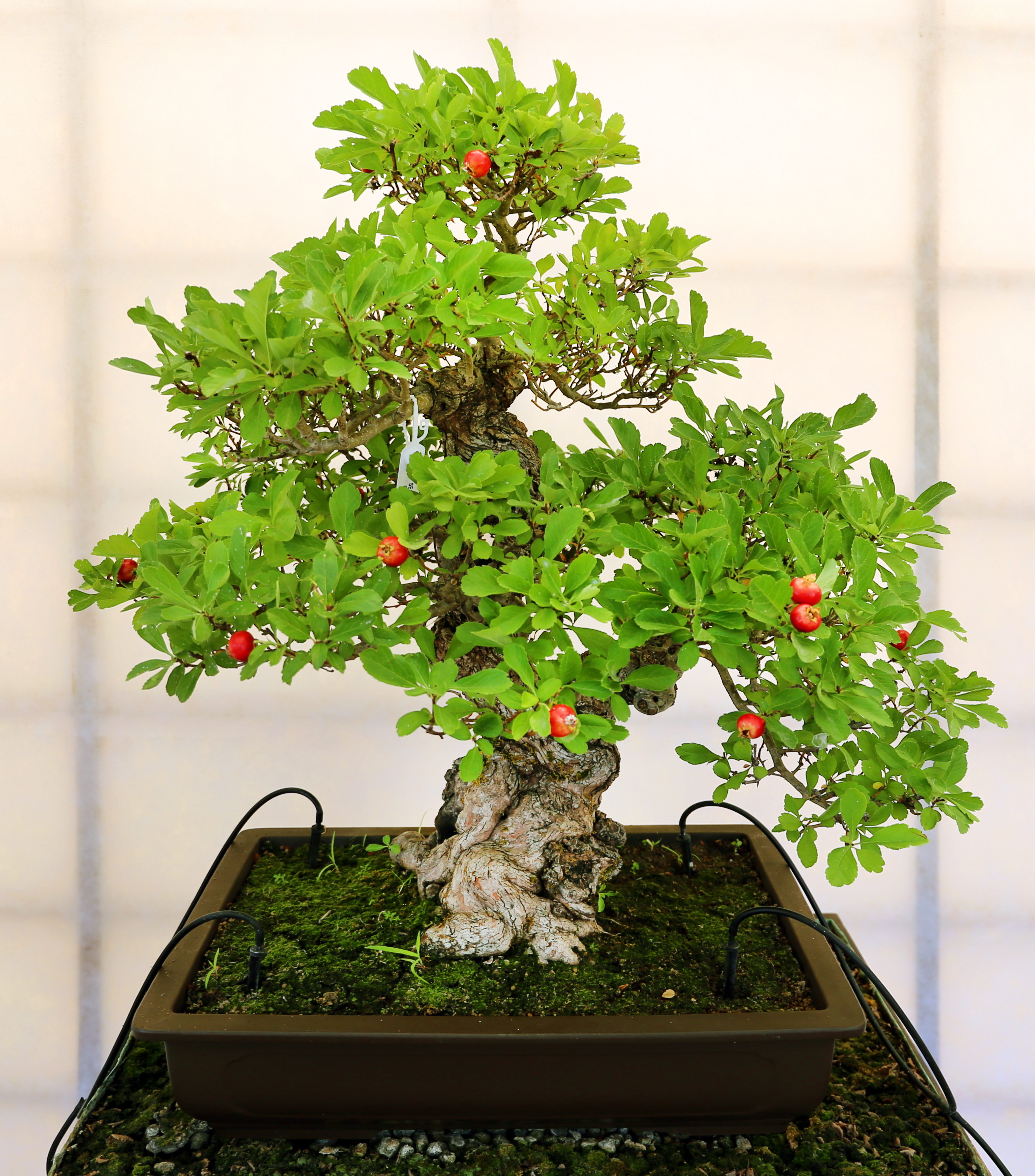
Bonsai - Wikipedia

How To Make a Bonsai, Step by Step Beginners Guide To Wiring Trees - YouTube
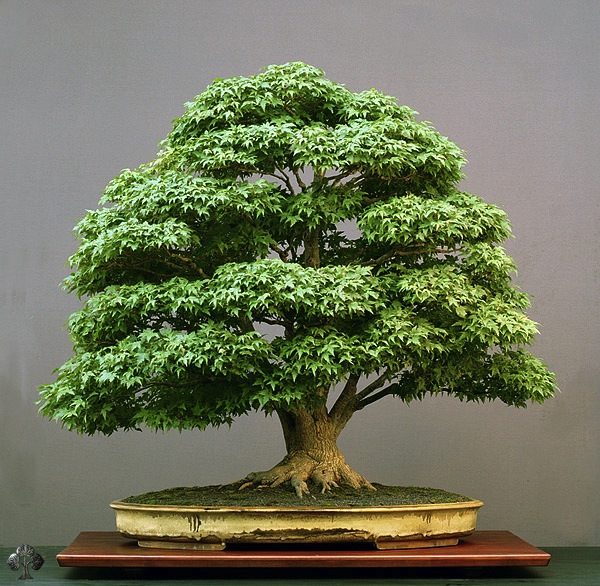
How to grow a Bonsai tree, for beginners - Bonsai Empire

How to make a Bonsai tree from a starter kit - YouTube

Bonsai - Wikipedia

How to Start a Bonsai Tree (with Pictures) - wikiHow
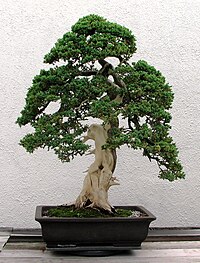
Bonsai - Wikipedia

Bonsai Sinhala. How to Make a Bonsai Tree, Step by Step ( part 1 ) - YouTube
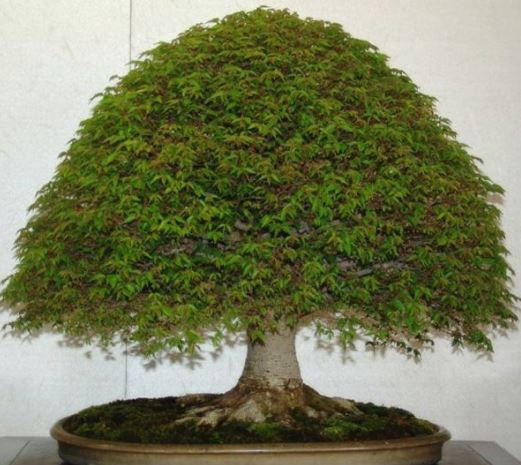
Bonsai Tree Growing For Beginners | Agri Farming
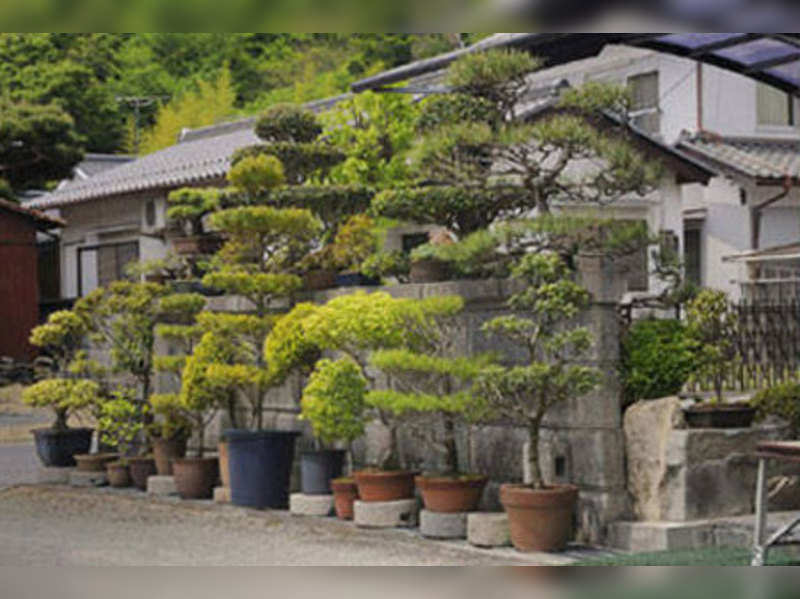
Beginners guide to Bonsai - Times of India

Bonsai - Wikipedia
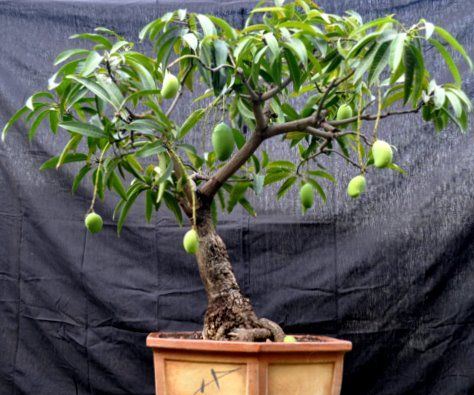
Bonsai Tree Growing For Beginners | Agri Farming

Grow and Care for Bonsai Trees in your Terrace Garden | Poovali | News7 Tamil - YouTube

Bonsai - Wikipedia
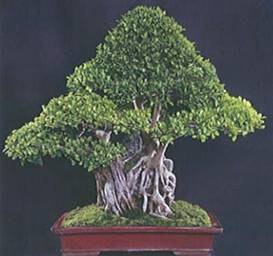
Horticulture :: Landscaping :: Bonsai

How To Make A Bonsai For Beginners | The WHOot

How To Make Bonsai Tree At Home In Tamil - Herunterladen

How to make a Bonsai Tree | Absolutely Free - YouTube

How to Start a Bonsai Tree (with Pictures) - wikiHow

Bonsai - Wikipedia

Bonsai Sinhala. How to Make a Bonsai Tree, Step by Step ( part 1 ) - YouTube

How To Make Bonsai Tree At Home In Tamil - Herunterladen

Horticulture :: Landscaping :: Bonsai
Thiruvananthapuram's big love for bonsai - The Hindu

How to grow a Bonsai tree, for beginners - Bonsai Empire

How to make a Bonsai Tree | Absolutely Free - YouTube

How to Start a Bonsai Tree (with Pictures) - wikiHow

How To Make Bonsai Tree At Home In Tamil - Herunterladen

Bonsai Guide For The Beginner-Sinhala | International System Of Units | Atmospheric Thermodynamics

How to make a bonsai tree - YouTube

41 Best Indoor Plants In India – PlantDecors Blog

How to Start a Bonsai Tree (with Pictures) - wikiHow
Govt. to extend support to bonsai garden - The Hindu
BONSAI BASICS
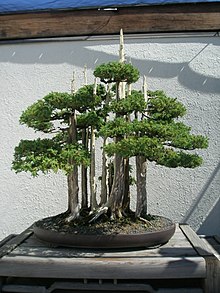
Deadwood bonsai techniques - Wikipedia

How To Make Bonsai Tree At Home In Tamil - Herunterladen
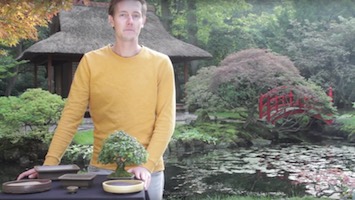
How to grow a Bonsai tree, for beginners - Bonsai Empire

How to make Bonsai tree under 50 Rupees | Easily create bonsai at home - YouTube
Thiruvananthapuram's big love for bonsai - The Hindu
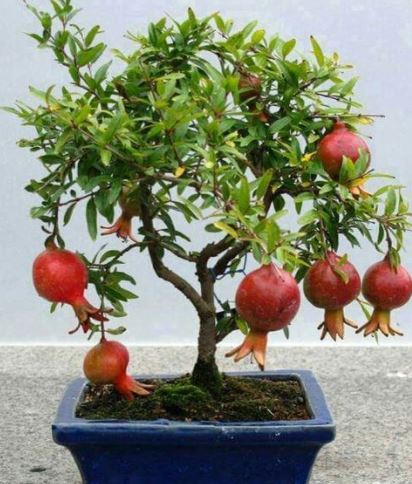
Bonsai Tree Growing For Beginners | Agri Farming
Post a Comment for "bonsai tree making process in tamil pdf"